This lens is apparently nothing like its predecessor. While it seems very similar to an old existing DSLR lens, this one seems to be the first of its kind, and it might impact your workflow significantly.
Tamron, a Japanese third-party lens brand, is very well known for coming up with lenses with unusual focal length ranges. Even more so in recent years, the brand has focused on creating a wide variety of zoom lenses that often fill in for what is usually the job of two different zoom lenses. Just last year, they launched the impressive Tamron 35-150mm f/2-2.8 Di III VXD that offered a totally different range from the usual zoom lens options. In addition to that, it has a wide end of a 35mm f/2 that has added capabilities than the typical 24mm f/2.8
Upon its announcement, the 17-50mm f/4 Di III VXD seemed totally underwhelming, especially to those who won’t read into the brand’s lens codes. One of Tamron’s most popular lenses during the early days of digital photography would have to be the Tamron SP 17-50mm f/2.8 for DSLR cameras. This was a third-party upgrade for standard zoom lenses specifically made for APS-C cameras. Coming from a typical kit lens, this was a step up because of the constant f/2.8 aperture and the relatively better glass. That’s why it would not be hard to mistake this new lens as a watered-down (because of the f/4 aperture) mirrorless camera version of the older standard zoom. But since this lens was actually made for full frame cameras, it is an entirely different lens with a unique range that might change how photographers choose lenses when traveling.
The Tamron 17-50mm f/4 Di III VXD

This unique ultra-wide angle lens comes in the typical form of Tamron’s newer generation lenses that first emerged with the G2 series lenses for DSLR cameras. The lens comes in a sleek semi-gloss black finish with a silver ring right by the lens mount. The lens itself is 114.4mm (4.5 inches) long with a maximum diameter of 74.8mm (2.94 inches) with a front filter thread of 67mm. It weighs 460 grams (1.01 lbs), which falls under the typical weight and size of mirrorless zoom lenses. One thing to note is that this lens comes with a USB-C port on one side near the lens mount, which makes the proximal 1/3 of the length thicker than usual Sony E-mount lenses and makes it not compatible with rotating camera mount collars.

When used with full frame cameras as intended, this lens offers perspectives and reach beyond what most wide-angle lenses can. At 17mm, it gives the ultra-wide perspective that most lenses of this kind can do. But at 50mm on the tight end, it offers quite a significant bump from the usual 28 or 35mm. In different use cases, having both ends in just one lens can make a huge difference in versatility. While it would have been even better if the opening was a steady f/2.8, f/4 can be more than enough, especially for outdoor use in abundant light. Keeping the maximum aperture at f/4 does pose some limitations, especially in low light situations and in terms of depth of field, but it does make sense in terms of keeping the lens relatively small, light, and probably also less expensive.
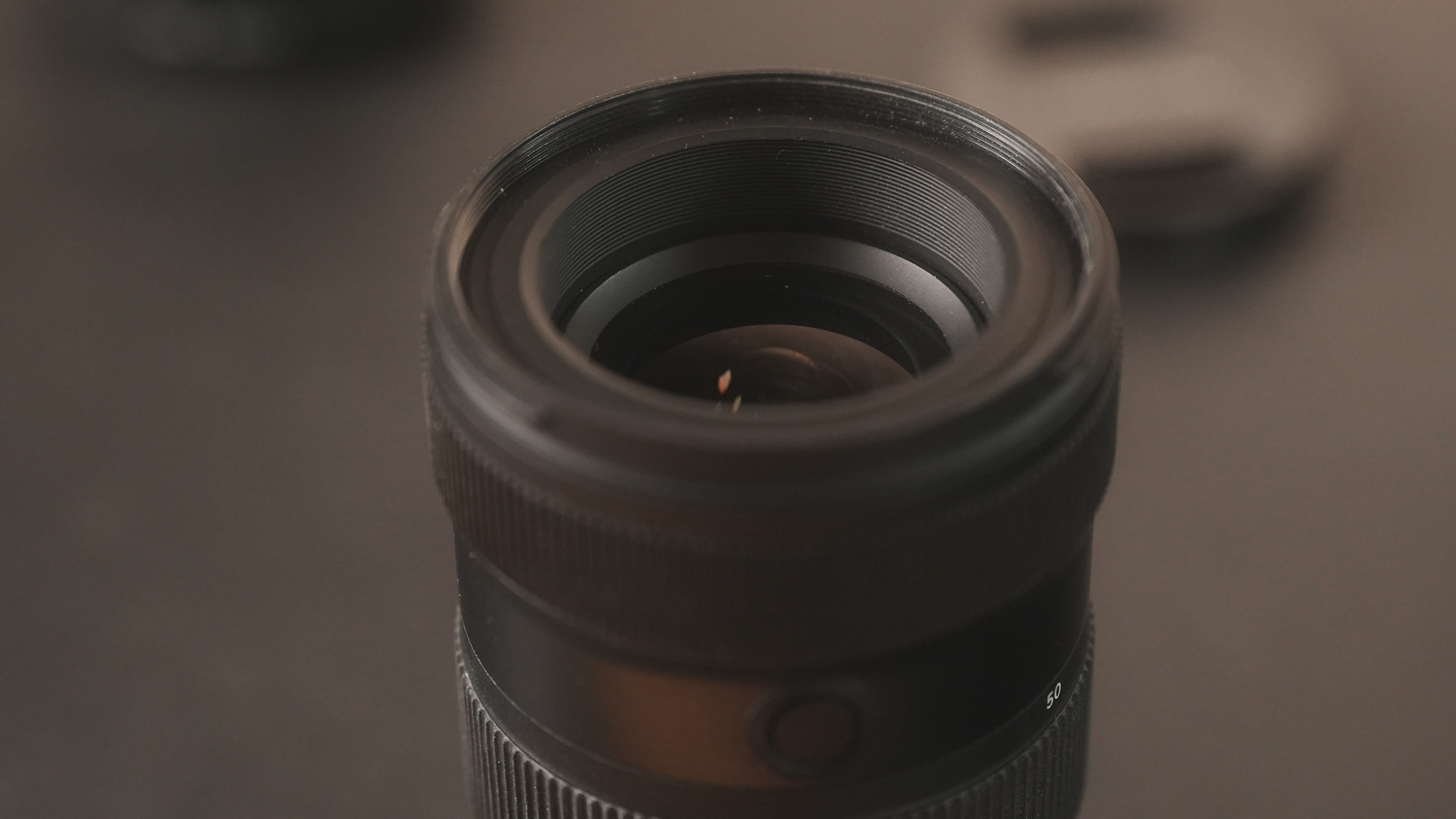
While the lens does look like a typical zoom lens, it is important to note that it has exposed moving parts. Unlike most lenses that either zoom in internally or externally, this one has an inner barrel that can be seen from the front. This inner barrel moves inward and outward depending on the specific focal length. At around 35mm, the inner barrel sinks about an inch below the front most part of the lens, and at both 17mm and 50mm it rises to close the gap. Either way, it is important to note this because this mechanism might leave the lens exposed to moisture or dust that can later cause problems.
Optics and Distortion
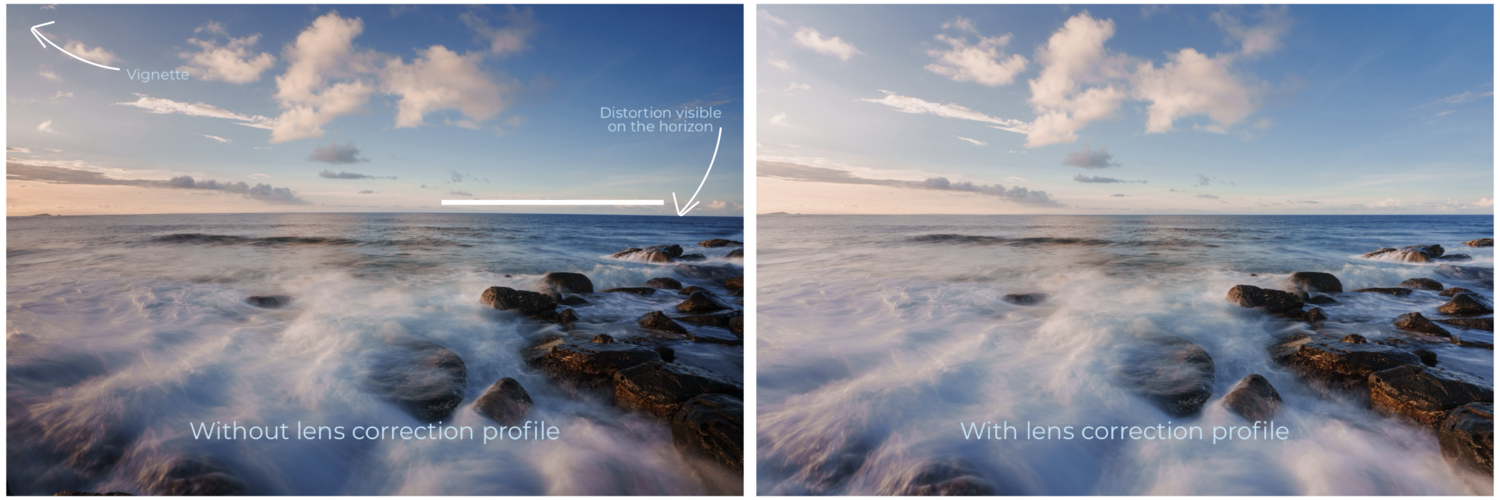
Distortion and vignette at 17mm
Most likely because of the unique range of ultra-wide (17mm) to normal (50mm), this lens exhibits pretty significant pincushion type distortion at 17mm. This distortion is noticeable throughout most of the wide-angle range and disappears towards the tighter end. Given that, it might mean that this lens was not made for certain types of photography wherein perspective and geometry have to be maintained, such as in architecture and real estate photography. For other uses, though, it would be up to the user if such visual artifacts would affect the intended images.
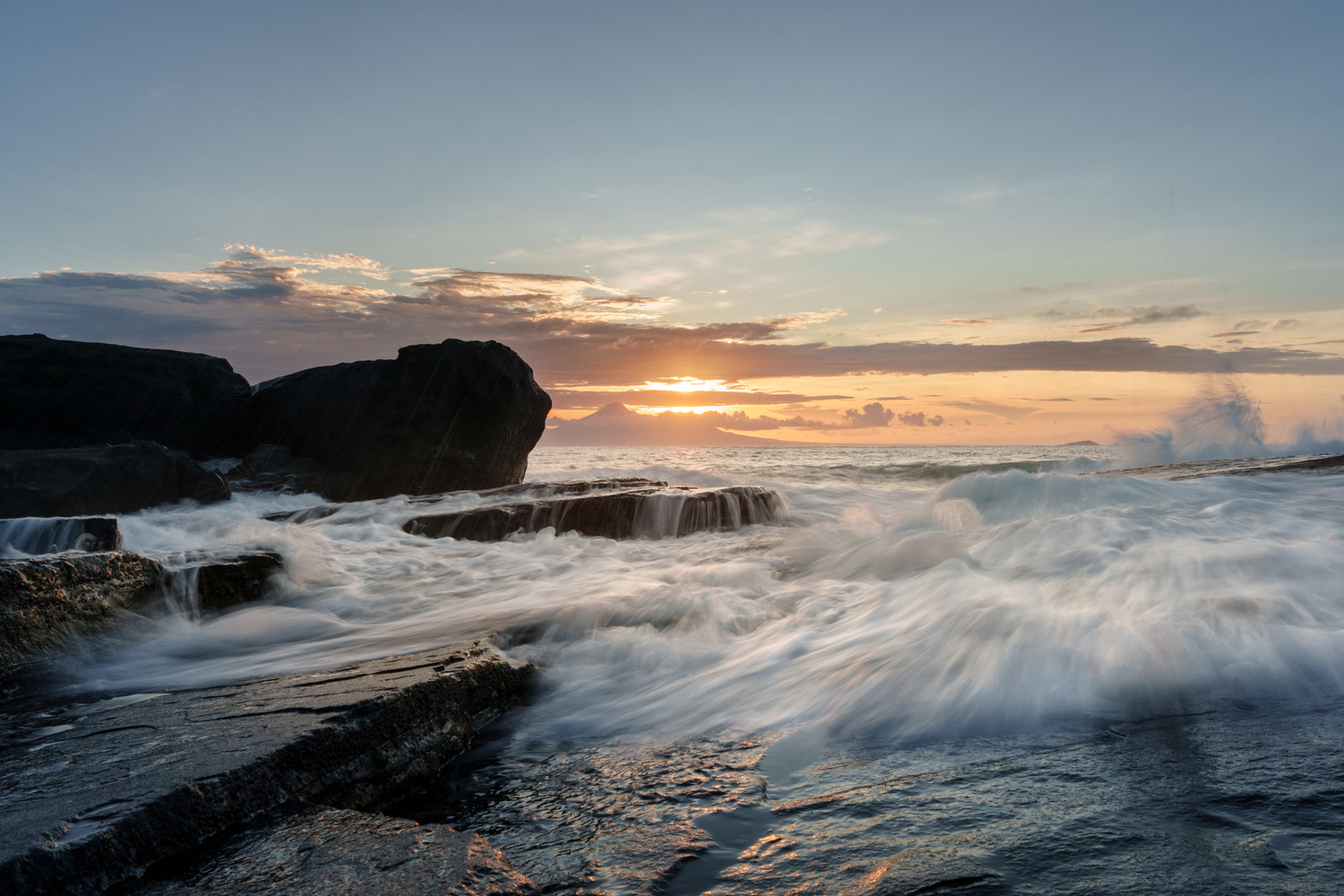
Distortion aside, the Tamron 17-50mm f/4 Di III VXD showed optical performance beyond what one would typically expect from zoom lenses with extended focal ranges. Personally, I tested this lens for multiple days photographing seascapes with a 61-megapixel Sony a7R V. Cameras with higher resolution sensors are usually unforgiving for lenses with underwhelming glass, but throughout the four days of using this lens in landscapes with a lot of textures to capture, I can say that it was overall impressive. I was not able (and did not intend) to do a step-by-step sharpness test across the aperture range, but it is safe to say that image quality was superb around f/9 to f/16.

One thing to consider is that (also perhaps because of the unique range) this lens has quite a significant vignette when shooting wide. At 17mm, there is about 1.5 stops of difference by the corners that gradually disappear as you go inwards. This is, of course, easily (and noticeably) corrected through lens profile corrections in post-production alongside the earlier mentioned distortion. In addition, using slim circular filters generally doesn’t add up to the vignette, and neither do square filter formats for landscape photography.
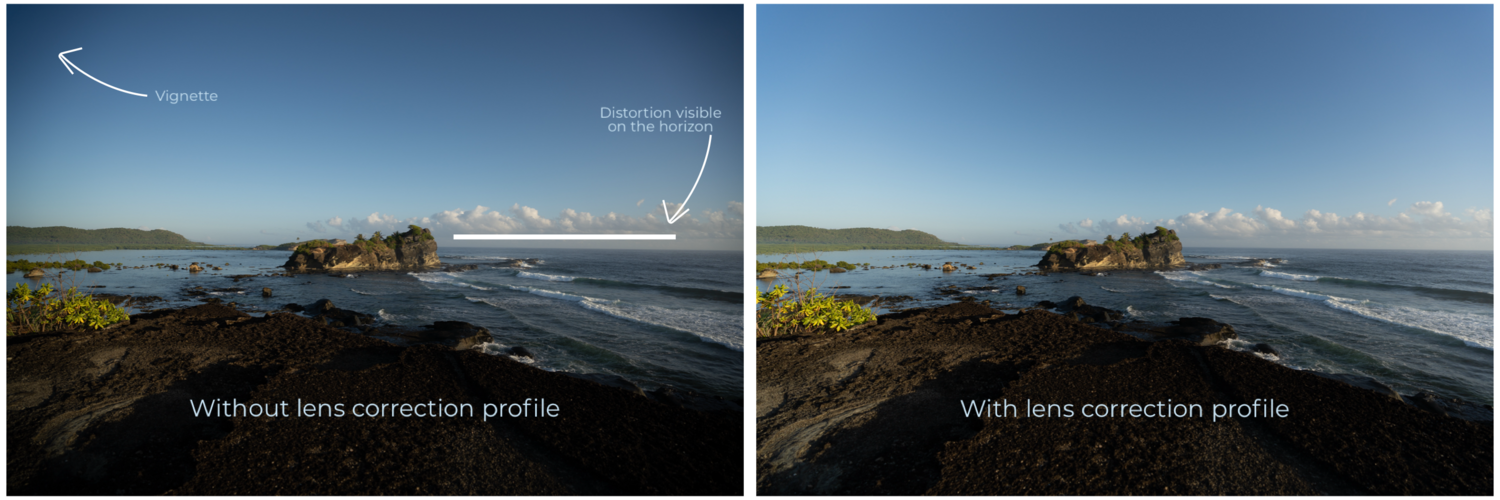
Application
Given all the noted strengths and weaknesses of this lens, it is important to consider all of them when deciding when to use this lens. This might not be the most ideal lens to use for anything that requires a lot of attention to perspective and geometry, specifically in shooting architecture and real estate. In other genres like portrait and events, it must be considered what the lens can do to the images and should be discerned well.
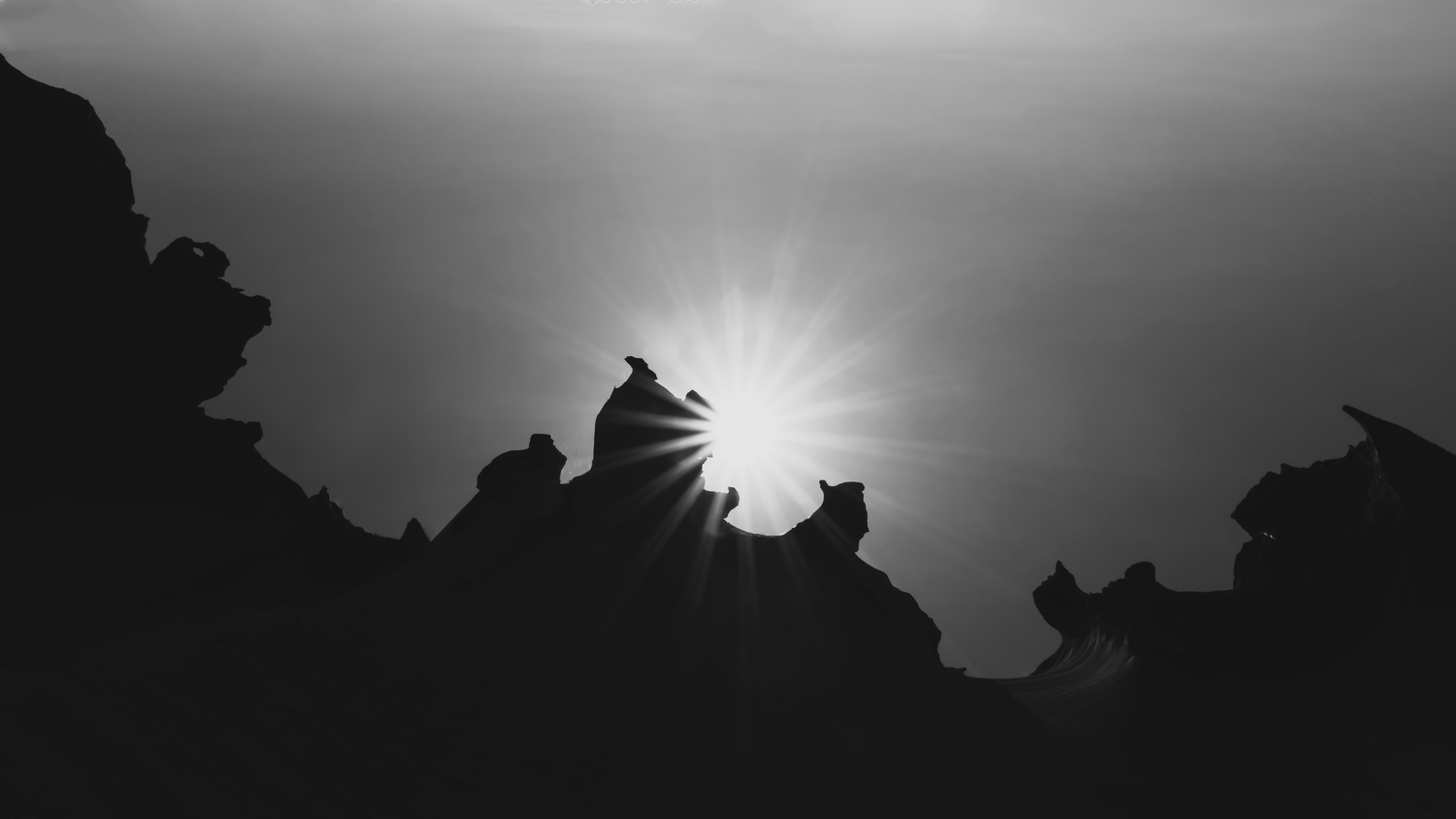
Personally, using this lens for landscape and travel photography is where it shines. Unlike shooting interiors or architecture, shooting outdoors usually doesn’t require 100% accuracy of perspective; distortion is often acceptable and sometimes even beneficial to the resulting image. The extended range can make things logistically easier for the user because shooting tighter might not automatically mean having to change lenses. Using Sony full frame cameras like the a7 IV or a7R line would also mean that in crop mode it can give the user up to 75mm at 24 megapixels. Using Sony full-frame cameras like the a7 IV or a7R line would also mean that it in crop mode, it can give the user up to 75mm at 24 megapixels.
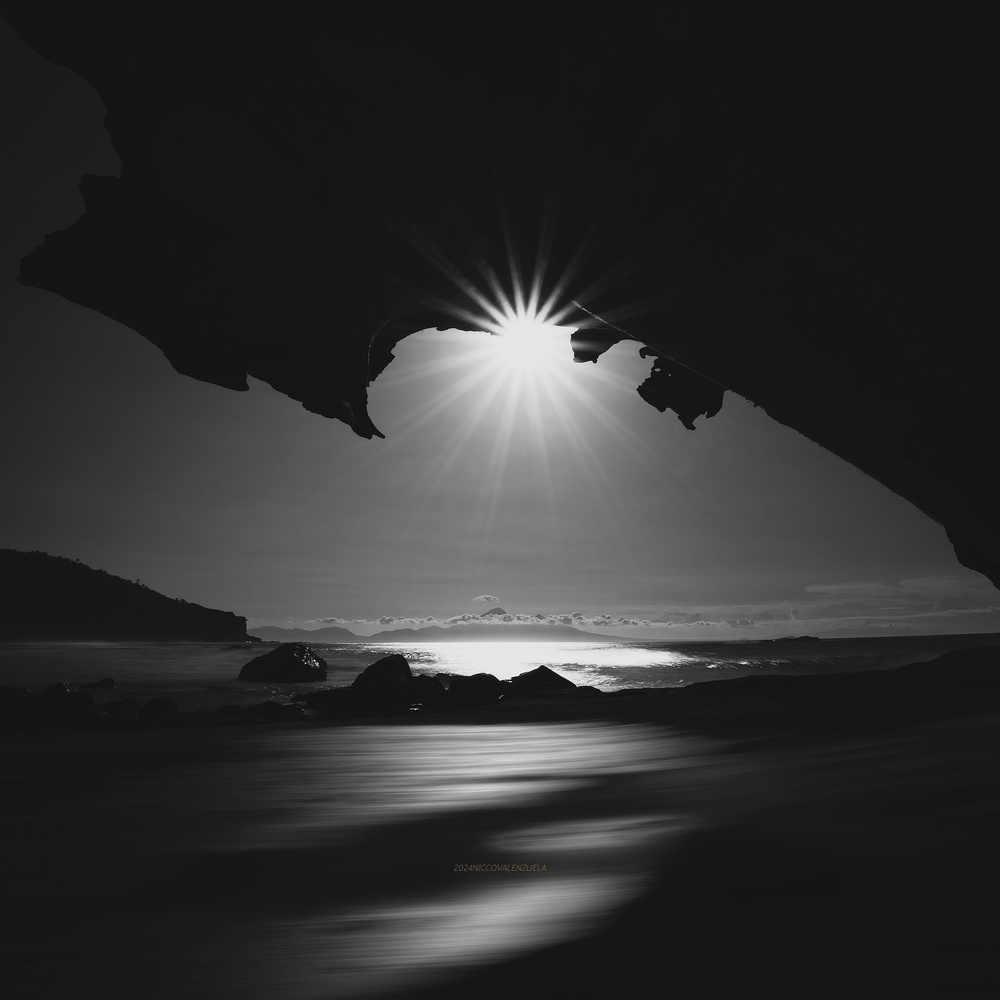
It is no doubt that this lens was designed differently from the typical ultra-wide angle lenses, and that means that it comes with its own set of strengths and limitations. Nonetheless, just like any other lens, it should be used with full awareness of what it can do. That means both the benefits and the trade-offs of using such a unique lens.
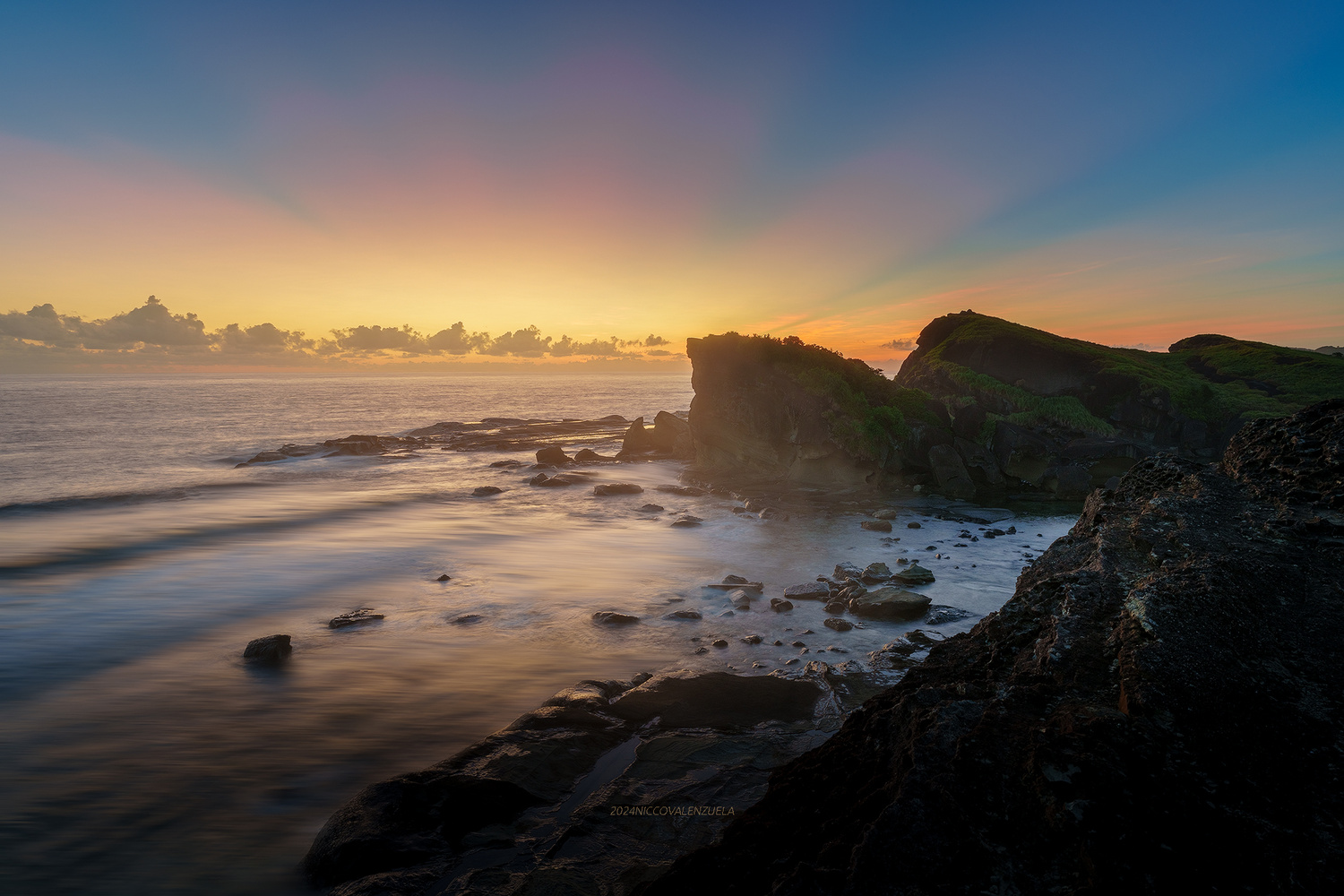
What I Liked:
- Extended wide angle range
- Good overall optical performance
- Compatible with standard format filters
What I Didn’t Like
- Heavy vignette and distortion (correctable in post)
- USB-C port interferes with using rotating lens mounts
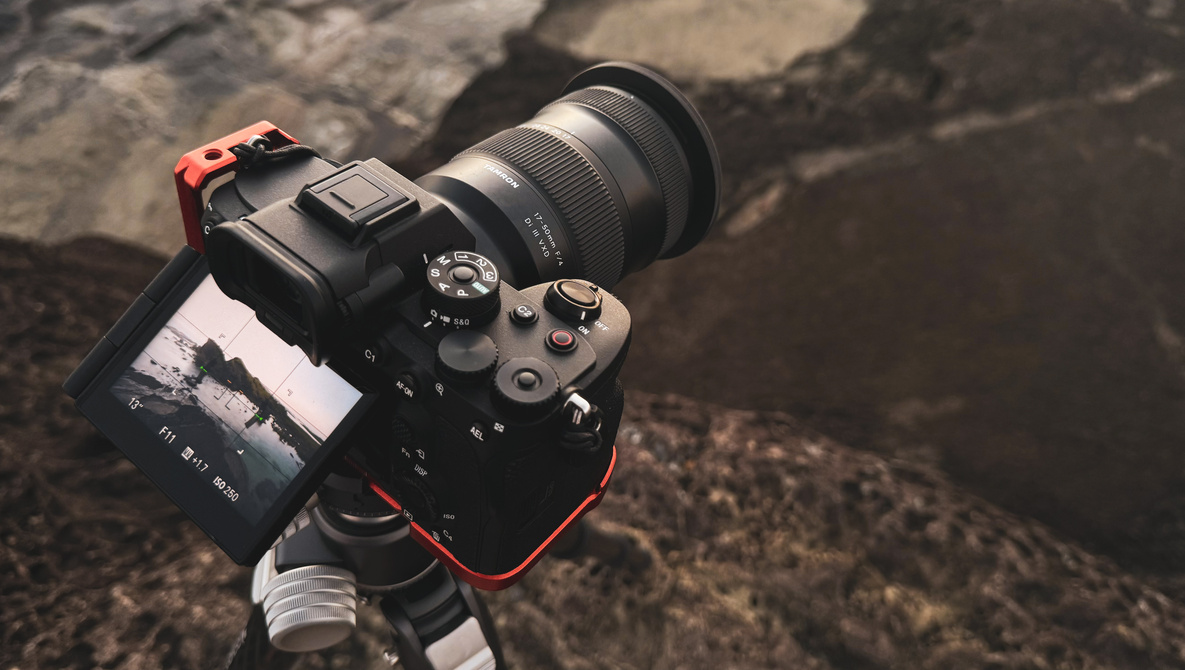







wow, I'm interested in purchasing your pictures. I would like to buy 20 pictures for $5000. The pictures can include animals, flowers🌺🌷, buildings🏠, feet🦶, fingers🤚, socks🧦, and nature🏞️. Let's discuss the details on Telegram at @Ben_edward186.
Via Telegram
LensTip.com’s testing indicates the 20-40/2.8 is substantially sharper.
A lot of people seem to be staying away from the 17-50 because of that, I would too if I needed to use it at f4 often... But at f5.6-8 or even f11 I don't know that the real world difference is significant enough. I put that to the test by comparing it with my 17-28, 20G, 35G, and SY45 and honestly there wasn't much to it on my A7R IV (again, stopped down).
I'm sure most of the other E mount UWAs are indeed sharper (w/the possible exception of the old 16-35 ZA), I wouldn't dispute that, but it does well in most other metrics (flare resistance, rendering, CA, build & AF) and I'd argue that for some the expanded range and convenience it brings might be worth more than extra sharpness.
Oddly mine seemed weaker at 28mm rather than at 50mm like some of the review samples, and that's actually where the center core is most recessed IIRC (not 35mm)
For me it means I don't have to bring a short tele prime just to frame at 75mm (provided I'm ok with the 26MP crop), so I can instead bring a 135mm or something like that alongside it. If I was always shooting it alongside my 50-400 I probably wouldn't care as much about the range (the 28-50 gap is manageable for me), but alongside some primes it makes a difference.
I let my 17-28 go even tho it's the better lens (less vignetting and better corners at 28mm), I've got the 20G for low light and if I need excellence, might pick up Viltrox's 16/1.8 too (for astro and possibly to sub for the 20 sometimes, eg 16/35/75).
Interesting for landscape, but for me 50mm is way too short for travel. I like as large a zoom range as possible for travel, because you are often in a place for the first time you need to be able to shoot close and far.
I plan to pair my 20-40/2.8 with Tamron’s new 50-300 for travel.
For a two lens solution that would be good. For a single lens general purpose walk around I use the Canon RF 24-240.